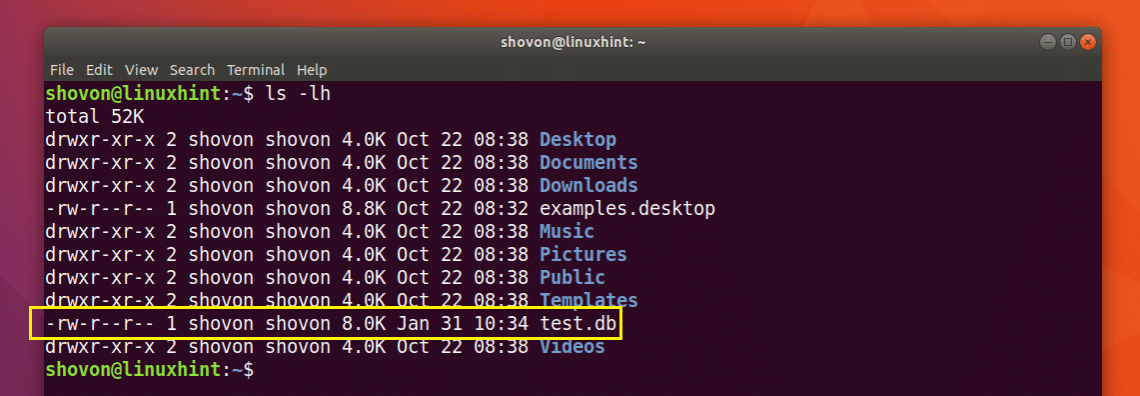

INSERT INTO patients VALUES ( 4, 'Balaj', 'skin specialist' ) INSERT INTO patients VALUES ( 3, 'Aman', 'neurosurgery' ) INSERT INTO patients VALUES ( 2, 'Sadia', 'cardiology' ) INSERT INTO patients VALUES ( 1, 'Nayab', 'medical' ) We created a table with the name “patients.” This table keeps the record of the patients, which includes ID as the primary key with the data type INT, NAME with the CHAR data type, and WARD with the type TEXT. Now, we have a CREATE statement which is used to create a table in the given database. The database is successfully created in SQLite you can see it by using a. First, we have specified the path of the folder where our file is then created a database name “hospital.db” by using the sqlite3 command. Use sqlite3 as a command this should bring up the SQLite shell, with a screen similar to the one seen below. Make sure the file is in the same directory folder as the SQLite database you generated.” Then, cd to the database file’s folder from a command prompt. If SQLite is installed, then check that the program’s location has been added to our local PATH environment variable since this will make it easier to access the database file as well as other files we might need.

We must first install the SQLite3 shell application before we can use it.
#SQLITE COMMANDS HOW TO#
Here, we will see how to execute the SQL command in the SQLite shell and show the results in the file. read command to read the SQL command from the file in the SQLite shell. once commands to output your query results to a file, or use the. mode dot command in association with the. While using the SQLite command prompt shell, use the. This is particularly beneficial if you have a lengthy program, such as establishing several different tables and populating them with data. “SQLite allows us to run commands straight from a file.


 0 kommentar(er)
0 kommentar(er)
